September 12, 2025
Summary: Online learning has become a core component of education at all levels. The COVID-19 pandemic created a massive natural experiment, offering researchers more data about how students react to content. That research offers several insights into what works in online education. Artificial intelligence is increasingly capable of creating personalized lesson plans for students.
Over the past couple of decades, online learning has moved from a niche alternative to a core component of education. That shift accelerated drastically during the pandemic, which affected over 1.6 billion learners worldwide, hitting disadvantaged students hardest.
Researchers rushed to share ideas on how best to meet the needs of students around the world. To get a perspective, consider this: the journal IEEE Transactions on Education saw manuscript submissions increase by 34% from 2021 to 2022, and expanded the number of issues it published each year.
While online learning may not have been the only factor that impacted an increase in manuscripts and issues published, the global body of research helped to provide a new understanding of what works in online education, based on detailed analyses of how students interacted with course materials.
“Online learning works best when it feels less like sitting through a lecture and more like playing a game,” said IEEE Senior Member Shaila Rana. “The most exciting part here is that it isn’t just better tech, it’s rethinking what school and education could be.”
It’s clear that it is here to stay and growing. In 2022, as college campuses in the U.S. reopened, more than half of students reported taking at least one online class. Businesses rely on microcredentials and short learning systems to improve the skillset of their workforce.
From AI-powered personalization to immersive virtual laboratories, the transformation goes far beyond simply moving classrooms online.
Factors for Student Success
Online learning platforms have access to a lot of data, including forum posts that students write and keystrokes they make when they type. The most important source of data, however, has historically been the clickstream, a meticulous log of pages visited, the order in which students visited them, the time spent on specific resources and where students stopped and started videos and assignments.
A report in IEEE Access, Innovations in Online Learning Analytics: A Review of Recent Research and Emerging Trends, documents the history of this analytical stream. It notes that over time, online course development has evolved from pinpointing the specific material that caused students to struggle to identifying students at risk of failing or dropping out using predictive analytics.
That, and other research, also notes that:
- Artificial intelligence is increasingly capable of creating personalized learning plans, tailoring lessons to students’ progress.
- In large courses with thousands of students, natural language processing techniques can identify sources of student frustration.
- A faster feedback cycle is key to keeping students engaged. One emerging area is the use of automated essay scoring to accelerate a first-person review, with a more in-depth review coming later.
- By combining eye-tracking data and the clickstream, course designers can evaluate student boredom and engagement. The result is the emergence of hybrid learning models, which blend short, in-person sessions with self-paced online modules.
- Proper data management is crucial. Analysts need to make sure the data sets they use to evaluate online courses draw from a broad range of students, not just high performers.
Personalized Learning with AI
In traditional education methods, every student is taught the same material on the same schedule. In the early days of online learning, instruction followed a similar pattern, with an emphasis on Massive Open Online Courses. These classes generally focused on foundational topics that hundreds or thousands of students would be required to take in a particular field, such as “Introduction to Computer Programming.”
Learn More: National Online Learning Day is celebrated on September 15, and you can celebrate with IEEE’s Innovation at Work.
Technology has opened the door for online education to take the opposite direction, with more personalization and coursework structured to students’ needs.
AI-based personalized learning systems for e-learning provide students with individual learning methods by assessing a learner’s level and comprehension and determining appropriate content for success. This is specifically useful where online education supplements physical classes. In addition, personalized e-learning systems can also be implemented to educate the masses, as they provide a cost-effective method of delivering education.
Rana has seen this transformation happening in real time.
“Smart algorithms can watch how students learn and automatically serve up easier or harder problems based on their performance,” she said. “AI can spot patterns in student behavior that humans miss — such as when someone always struggles with math problems on Friday afternoons or stops participating before big deadlines.”
Did you know? Over the last six years, more than 700,000 learners have enrolled in courses through the IEEE Learning Network. They’ve taken over 1,800 classes, with English for Technical Professionals ranking as the most popular. From 2024 to 2025, there’s been a 116 percent increase in online learners.


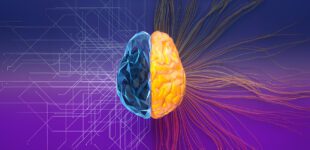


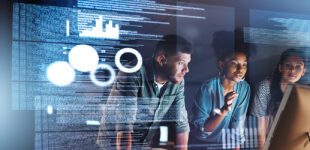
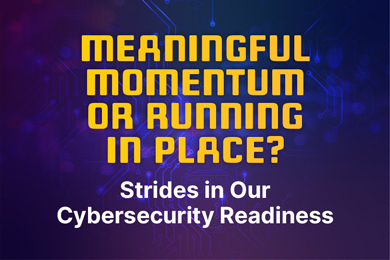 Meaningful Momentum or Running in Place?
Meaningful Momentum or Running in Place?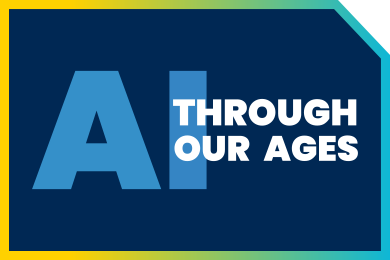 AI Through Our Ages
AI Through Our Ages Liquid Infrastructure: Our Planet's Most Precious Resource
Liquid Infrastructure: Our Planet's Most Precious Resource The Impact of Technology in 2025
The Impact of Technology in 2025 Quantum and AI: Safeguards or Threats to Cybersecurity?
Quantum and AI: Safeguards or Threats to Cybersecurity? Why AI Can't Live Without Us
Why AI Can't Live Without Us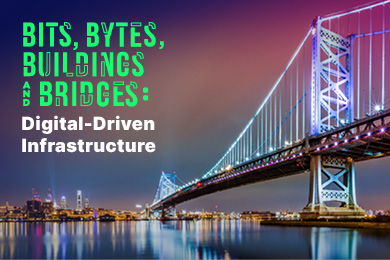 Bits, Bytes, Buildings and Bridges: Digital-Driven Infrastructure
Bits, Bytes, Buildings and Bridges: Digital-Driven Infrastructure Impact of Technology in 2024
Impact of Technology in 2024 Emerging AI Cybersecurity Challenges and Solutions
Emerging AI Cybersecurity Challenges and Solutions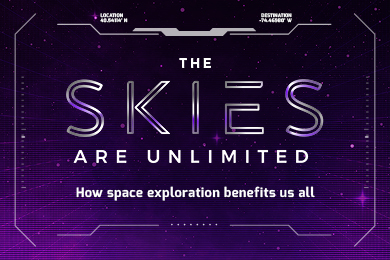 The Skies are Unlimited
The Skies are Unlimited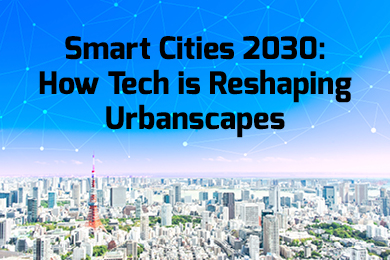 Smart Cities 2030: How Tech is Reshaping Urbanscapes
Smart Cities 2030: How Tech is Reshaping Urbanscapes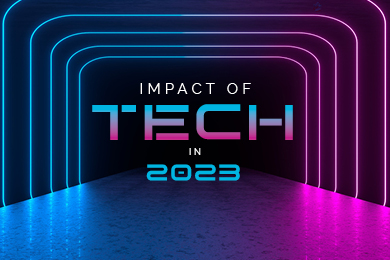 Impact of Technology 2023
Impact of Technology 2023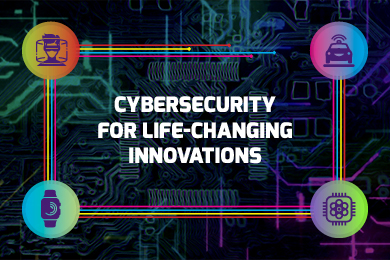 Cybersecurity for Life-Changing Innovations
Cybersecurity for Life-Changing Innovations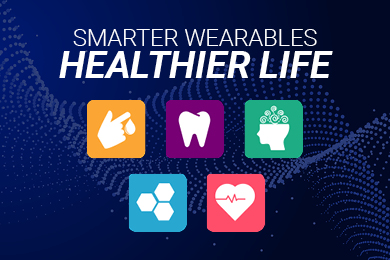 Smarter Wearables Healthier Life
Smarter Wearables Healthier Life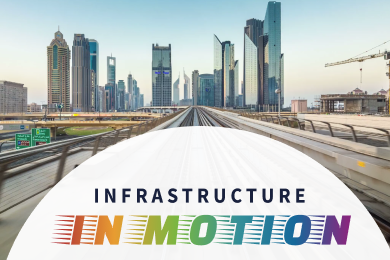 Infrastructure In Motion
Infrastructure In Motion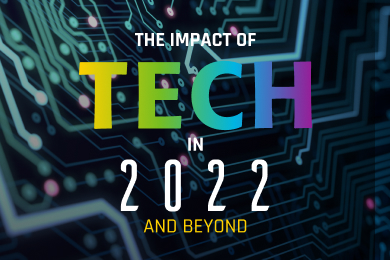 The Impact of Tech in 2022 and Beyond
The Impact of Tech in 2022 and Beyond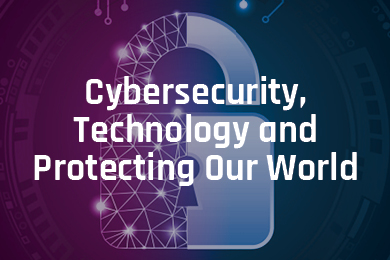 Cybersecurity, Technology and Protecting Our World
Cybersecurity, Technology and Protecting Our World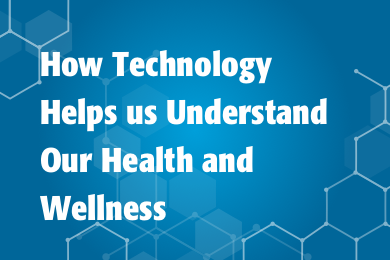 How Technology Helps us Understand Our Health and Wellness
How Technology Helps us Understand Our Health and Wellness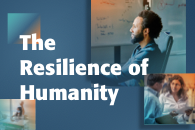 The Resilience of Humanity
The Resilience of Humanity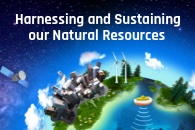 Harnessing and Sustaining our Natural Resources
Harnessing and Sustaining our Natural Resources Creating Healthy Spaces Through Technology
Creating Healthy Spaces Through Technology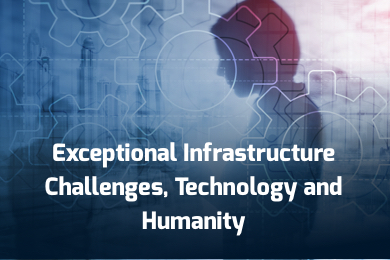 Exceptional Infrastructure Challenges, Technology and Humanity
Exceptional Infrastructure Challenges, Technology and Humanity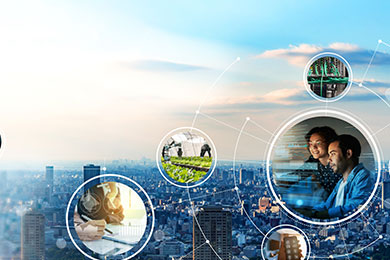 The Global Impact of IEEE's 802 Standards
The Global Impact of IEEE's 802 Standards Scenes of our Cyber Lives: The Security Threats and Technology Solutions Protecting Us
Scenes of our Cyber Lives: The Security Threats and Technology Solutions Protecting Us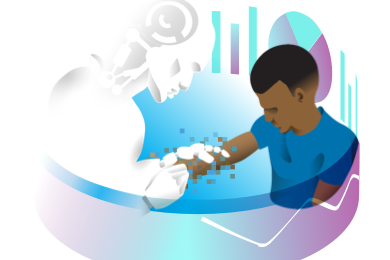 How Millennial Parents are Embracing Health and Wellness Technologies for Their Generation Alpha Kids
How Millennial Parents are Embracing Health and Wellness Technologies for Their Generation Alpha Kids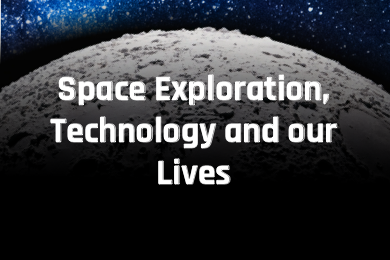 Space Exploration, Technology and Our Lives
Space Exploration, Technology and Our Lives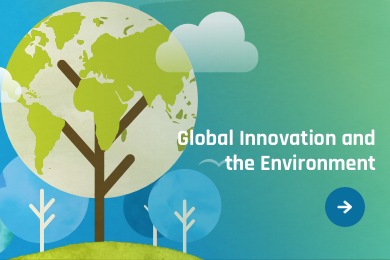 Global Innovation and the Environment
Global Innovation and the Environment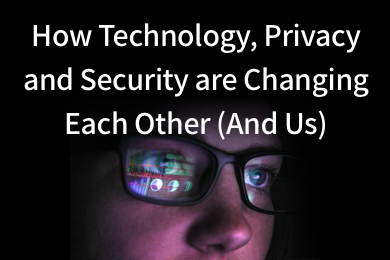 How Technology, Privacy and Security are Changing Each Other (And Us)
How Technology, Privacy and Security are Changing Each Other (And Us)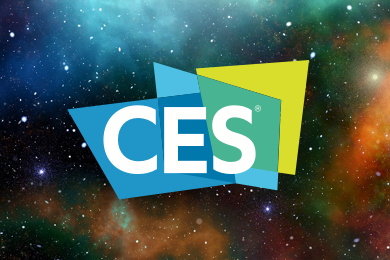 Find us in booth 31506, LVCC South Hall 3 and experience the Technology Moon Walk
Find us in booth 31506, LVCC South Hall 3 and experience the Technology Moon Walk Virtual and Mixed Reality
Virtual and Mixed Reality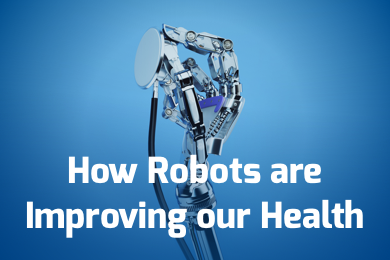 How Robots are Improving our Health
How Robots are Improving our Health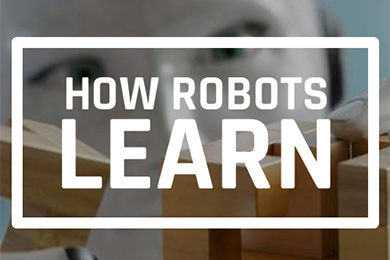 IEEE Experts and the Robots They are Teaching
IEEE Experts and the Robots They are Teaching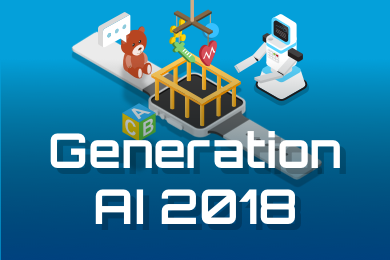 See how millennial parents around the world see AI impacting the lives of their tech-infused offspring
See how millennial parents around the world see AI impacting the lives of their tech-infused offspring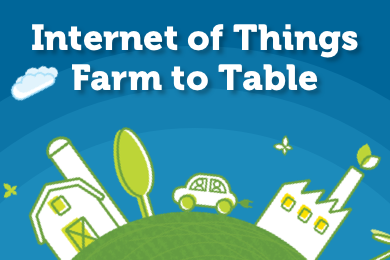 Take the journey from farm to table and learn how IoT will help us reach the rising demand for food production
Take the journey from farm to table and learn how IoT will help us reach the rising demand for food production Watch technical experts discuss the latest cyber threats
Watch technical experts discuss the latest cyber threats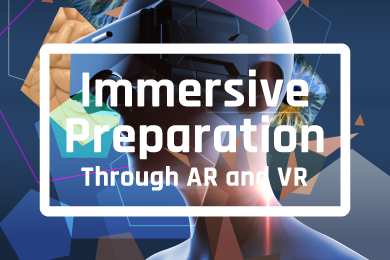 Explore how researchers, teachers, explorers, healthcare and medical professionals use immersive technologies
Explore how researchers, teachers, explorers, healthcare and medical professionals use immersive technologies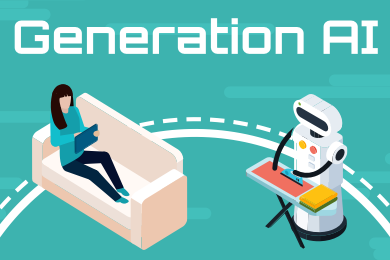 Follow the timeline to see how Generation AI will be impacted by technology
Follow the timeline to see how Generation AI will be impacted by technology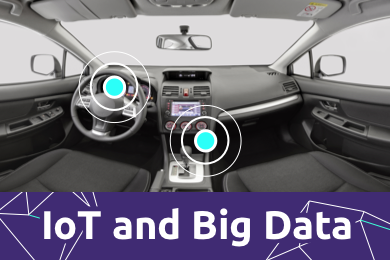 Learn how your IoT data can be used by experiencing a day in a connected life
Learn how your IoT data can be used by experiencing a day in a connected life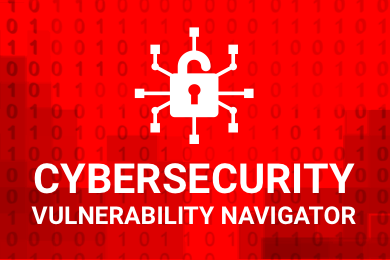 Listen to technical experts discuss the biggest security threats today
Listen to technical experts discuss the biggest security threats today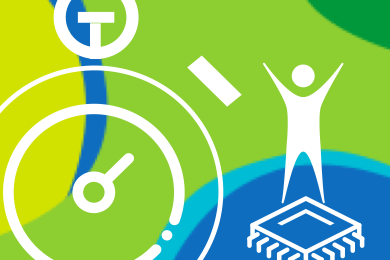 See how tech has influenced and evolved with the Games
See how tech has influenced and evolved with the Games Enter our virtual home to explore the IoT (Internet of Things) technologies
Enter our virtual home to explore the IoT (Internet of Things) technologies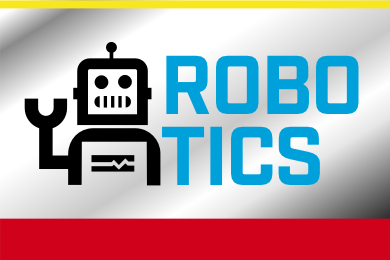 Explore an interactive map showcasing exciting innovations in robotics
Explore an interactive map showcasing exciting innovations in robotics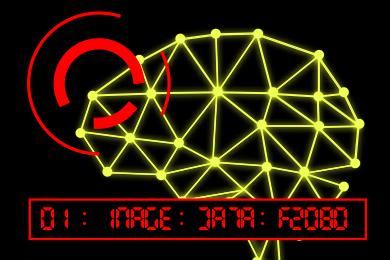 Interactively explore A.I. in recent Hollywood movies
Interactively explore A.I. in recent Hollywood movies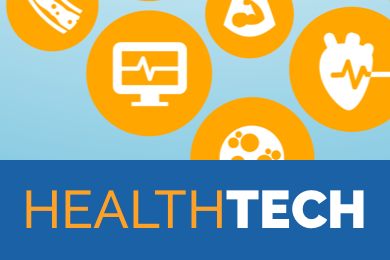 Get immersed in technologies that will improve patients' lives
Get immersed in technologies that will improve patients' lives